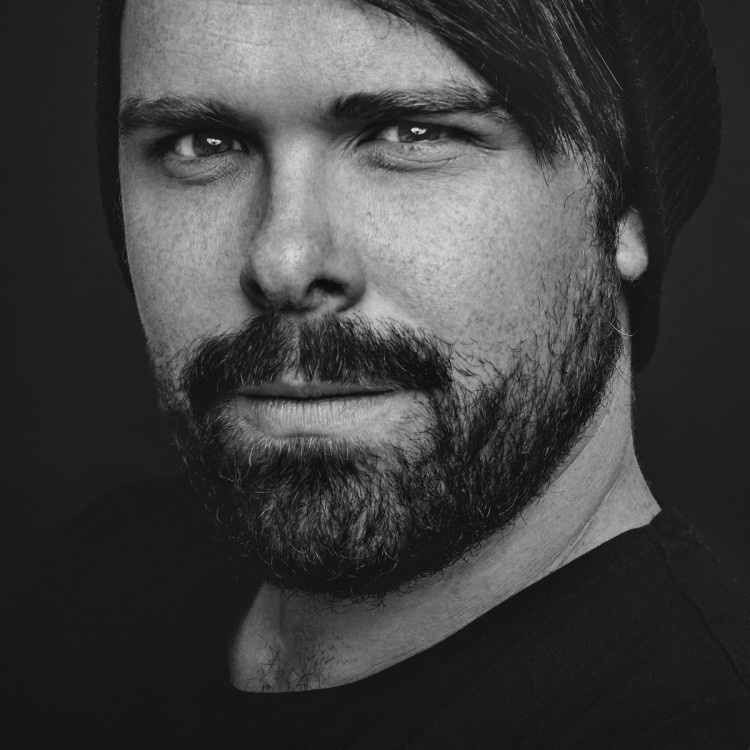
A few years ago my now-wife made a simple request that radically changed the way I thought about what I was doing with my photography and how I could actually make a difference with it. She asked me to create some portraits of our three dogs (two of which are rescues) because they were getting older and we had very few pictures of them that weren’t made with a camera phone. She wanted something that was a little more professional feeling, something that she would be proud to share and hang in our home. I had never photographed animals before, but I was game for the experiment.
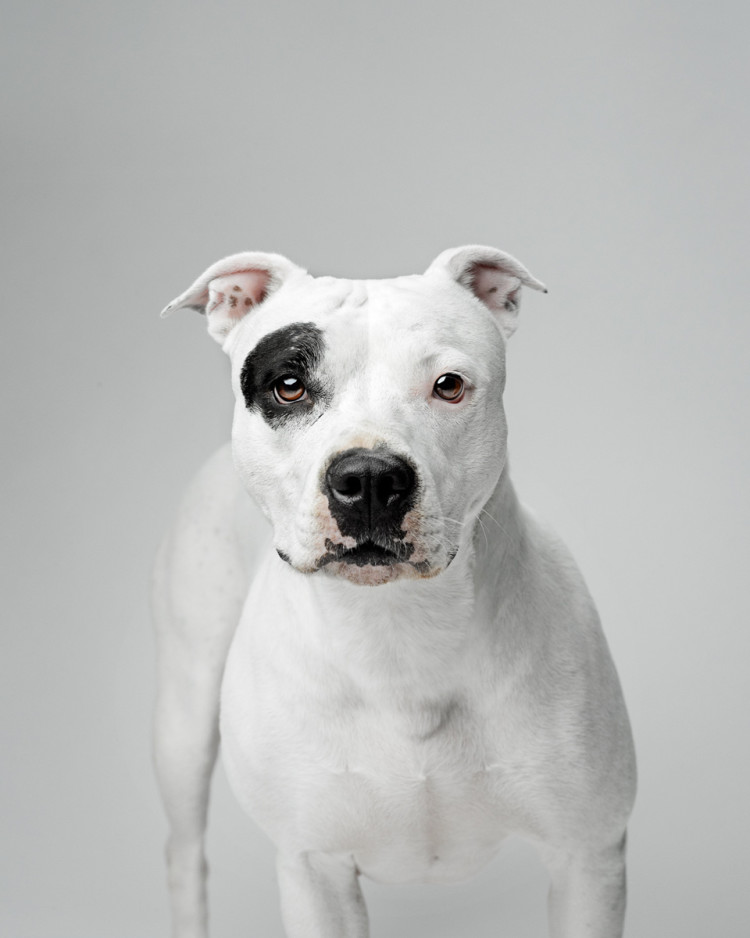
Thankfully, that first experience was a really positive one. So positive, in fact, that my wife (a long-time volunteer at our local animal shelter) suggested that I might be able create some images for a few of the long-term residents of the shelter that were having trouble getting adopted. These dogs were mostly bully breed animals who had a much tougher time getting adopted because of the unfair stigma held against them — some of them had been at the shelter for almost 18 months and weren’t drawing much interest. We knew that better pictures went a long way towards helping adoption efforts, so we thought perhaps some new portraits could help people connect with these animals’ personalities and serve as a vehicle to raise awareness and spread the word about the tough situations many of these dogs face.

It didn’t take long before the project caught on, and within a year I was working with more than just the local shelter around the corner from my studio, but with a variety of dog rescue organizations throughout the Western New York area. Even more surprising was the amount of press and support that these adoption stories were getting — my work was featured on the cover of Shutterbug Magazine, and even on USA Today’s website. It wasn’t long before I was getting calls about commercial work inspired by my adoption portraits. Most importantly, I was getting to meet and play with adorable animals every week at my studio (it’s my favorite fringe benefit of the project).
This has been the most positive experience I’ve had donating my work to a cause that’s trying to make a difference, but it hasn’t been my first rodeo. Many times in the past I’ve donated my time to organizations that have asked me to volunteer without any sense of alignment between my work and their goal — either they were just looking for free imagery, or I was looking for what I saw as an easy road to getting more work. The fallacy that I didn’t see at the time was that I often did it out of a sense of “this is something I have to do” that ultimately left me feeling unfulfilled and adrift in a collaboration with an organization I didn’t have a real relationship with. I always thought of it as a means to an end. It took me a long time to realize that it was much more effective to be selective about my collaborations so that I could maintain a mindset of “this is something I want to do” and that’s when I started to feel a huge sense of freedom and a real sense that I was making a difference with my work.
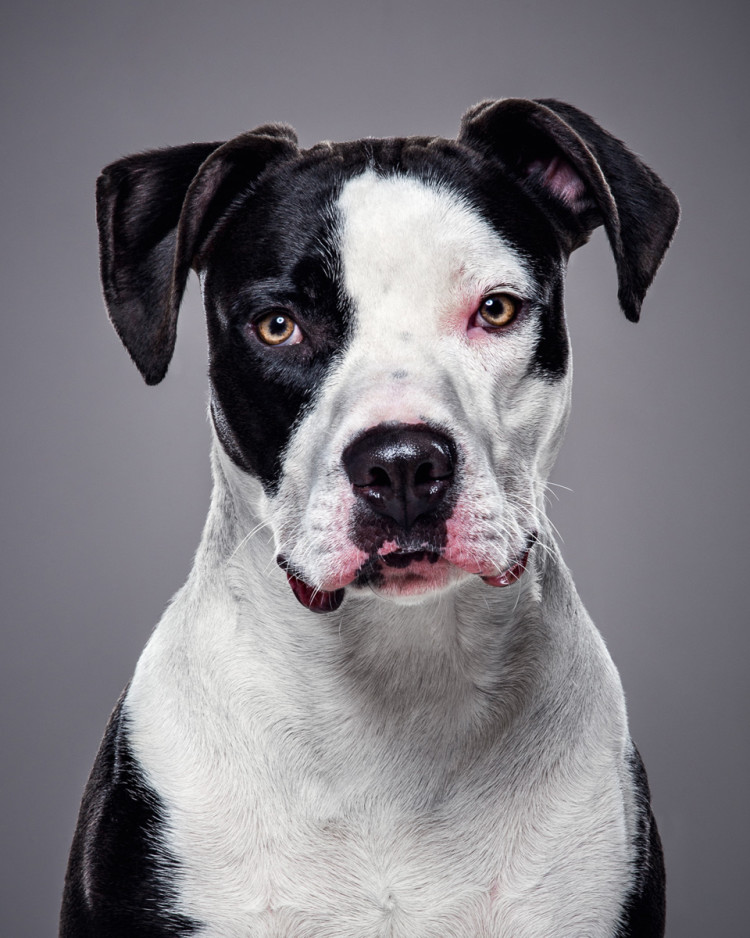
As I experienced this change of perception firsthand it quickly dawned on me how many fellow photographers I have talked with that have had unpleasant experiences in working with nonprofits or charitable organizations — experiences that left them feeling empty, taken advantage of, or unfulfilled, and in talking to them I saw two primary issues emerge: one of intent, and one of relationship management. So in that vein of thought, here’s a few ideas to help to ensure that you are donating your time in a healthy and productive way.
Do It Because You Truly Love The Cause
The best reason you can work with a nonprofit is because you genuinely care about their cause and what they stand for — not because you got a cold call asking you to cover an event for “exposure” or because you have your sights set on some secondary goal. Almost every photographer has been on the wrong end of a request asking them to work for free when deep down they know it isn’t a good fit for them. Too many times I’ve seen colleagues end up angry and disheartened because they either put too much stock in the exposure they hoped a pro-bono assignment would generate, or because they entered into what eventually becomes a toxic relationship. Their biggest mistake when entering into these sorts of arrangements was thinking that it was all about them, when really it needed to be about the charity’s mission. Many of them had also forgotten that it’s okay to say no sometimes.
This is a case where passion really is more important than strategy — because if you enter into a relationship with an organization for the right reasons (because they’re doing good that you want to be a part of) then all that potential negativity dissipates and your expectations of self-gain become secondary. When you really believe in the goals of an organization, those goals quickly become your primary motivator. It’s no longer “how can they help me,” it’s “how can I help them?” I’m so grateful that is the kind of relationship that I have with shelters and rescue organizations I work with. I never feel like an employee or that unreasonable demands are being made of either party. It’s a really simple and casual relationship with the primary goal of finding new homes for overlooked and in-need animals, something that hits close to home for me.
Most importantly, volunteering with an organization that you don’t truly have passion and enthusiasm for is unfair to the non-profit. If you aren’t 100% on board, you won’t be providing them with your best and most effective work — you’ll just be going through the motions, never realizing how reciprocal the relationship between dedication and reward is. If you aren’t fully committed, you are going to find yourself getting back a lot less than you put in. Whereas putting your focus on the mission rather than the reward will often pay you back many times over.
Growing Your Business Should Be A Side Effect – Not The Main Goal
While I want to stress the importance of having a service oriented intent when donating your time and creativity, I also won’t deny that there can be some benefits for you at a professional level. However, I think that the best way for your charitable work to be of benefit to you is to participate in something that you can really support. The enthusiasm, passion, care, and dedication you have for a cause is much easier to illustrate when you truly feel it. And in an era when disingenuousness and inauthenticity are easier than ever to sniff out, it’s easy for people to see the differences between someone’s true dedication to a cause and a flimsy marketing ploy.
You should also consider that real passion doesn’t just get attention, it starts movements. One of the most unexpected results of my work with rescue programs has been the huge amount of support that people have given to the project online. Social media has been an extremely effective means of letting people know about these charitable collaborations — and almost as soon as I or the shelter volunteers share one of these images it goes immediately viral in the local community, garnering hundreds of likes and dozens of shares and retweets that help dogs get adopted quickly and raises awareness about the shelter. The focus is always squarely on the dogs and the rescue program — and not about promoting me or my website, but that hasn’t stopped these collaborative projects from receiving coverage in national media or being the catalyst behind commercial assignments.
Set Explicit Boundaries To Prevent The Relationship From Turning Toxic
The last thing you want is for your volunteering to feel like a job, because the second you feel like it’s work coupled with the lack of a tangible reward you will quickly lose your passion for what you are doing. Even worse, your lack of enthusiasm and resentment towards the organization will lead you to feel undervalued and abused. This is a really easy way to burn bridges, harm your reputation, and pick up some really bad expectation management habits. Right from the beginning of your relationship you need to have an honest discussion with the people you are collaborating with and set some ground rules:
- How many hours a month will you dedicate to working with their organization? Weekly, monthly, or only a few specific events per year?
- What specific services are you going to donate to them and in what manner? For instance, you may be interested in donating creative services for marketing, but not interested in covering events.
- When is it okay for them to contact you?
- What sort of notice do you need to be available for them?
- What is a realistic expectation for them to expect turnaround and final delivery?
- What, if any, fixed costs will they need to cover outside of the labor and creativity you are providing? This is a big one — as many photographers will often overlook the expenses that go into providing services pro-bono, this can be detrimental to their businesses over time, and the big one that springs to mind is crew — it’s fine for you to offer to donate your time, but your crew still needs to be paid and taken care of. It’s not really charity if you are forcing someone else into it.
It’s also important to be vocal about what matters to you in the relationship. If creative input/control is important to you (and it is to me, as I want to be able to create truly memorable and unique work that helps dogs find homes) then you need to make sure that they understand that. If you are interested in publicizing the work, then you need to make sure that you are involved in the discussions about strategy, launch, and brand integration. The more honest you can be with each other from the genesis of the collaboration, the more positive an experience it can be for all parties involved. The goal is always to feel like you are in a genuine partnership, not in an employee or vendor/client relationship.
Know When It’s The Right Time To Donate Your Services
I think that before you can enter into a beneficial relationship with a nonprofit you need to first identify where in your life and business that volunteer service fits. Are you in a place where you can dedicate your time to others in a healthy and genuine way? What will the impact, both positive and negative, be on your business? Is the organization reaching out to you because they value what a partnership with you can offer? Or are you just the next photographer on their call list in a search for free labor?
Too often we as photographers view charitable work as a shortcut to success in our commercial businesses. Our mindsets are rarely based on identifying what we can actually do to help the charity, but rather on what the charity can do the help us. That’s not to say that these sorts of relationships can’t be mutually beneficial, but like many other aspects of photography — intent counts for a lot. Having an internal dialogue along the lines of, “working with this charity could get me some great press or net me some jobs,” is a really negative approach. I think it’s much more positive to say to yourself, “I am at a place in my business/life that I can comfortably start to give back and dedicate time to service/helping others in a truly authentic way.” Like I said before, it has to be about your passion for the cause, and the goals that you mutually share.
That’s not to say that emerging photographers or those just starting to build a business can’t or shouldn’t volunteer their skills and creativity — but I do want to stress that it should be on their own terms. The rules and boundaries you set for the nonprofits you work with are just as important as the guidelines you put in place for working with and managing commercial clients. Clutching at straws and partnering with any and every organization that asks, regardless of their style, team dynamics, vision, or expectations is an easy way to get overloaded, stressed out, and soured on the idea of blending service with business.
It’s important to enter into relationships with a clarity of intent and a willingness to communicate in a positive way to make sure that needs and goals are clear and achievable. If you are selective about your projects, have a true passion for a cause, and both parties communicate effectively then you can create work together that truly changes minds and hearts. It’s time to make a real difference, one that leaves you feeling satisfied that your effort and skill are being used for real good.

You can see more of Luke’s work at LukeCopping.com, and follow him on Instagram, Facebook, Twitter, and Vimeo.
The views and opinions expressed in the Guest Blog series are those of the authors and do not necessarily reflect the official policy or position of Scott Kelby or Kelby Media Group.



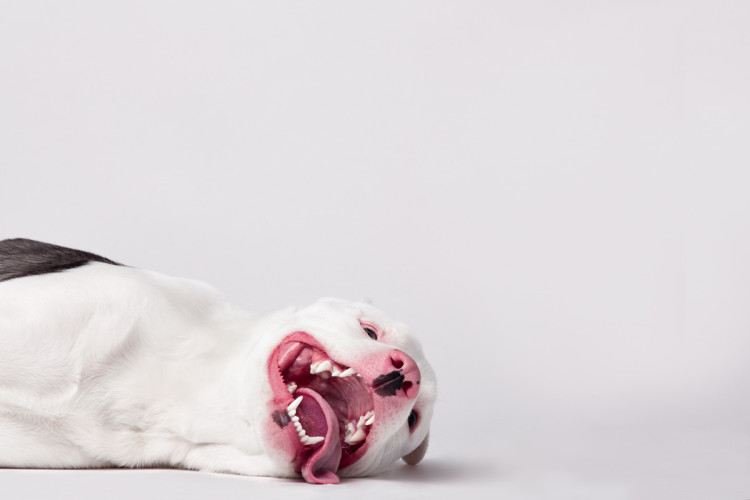
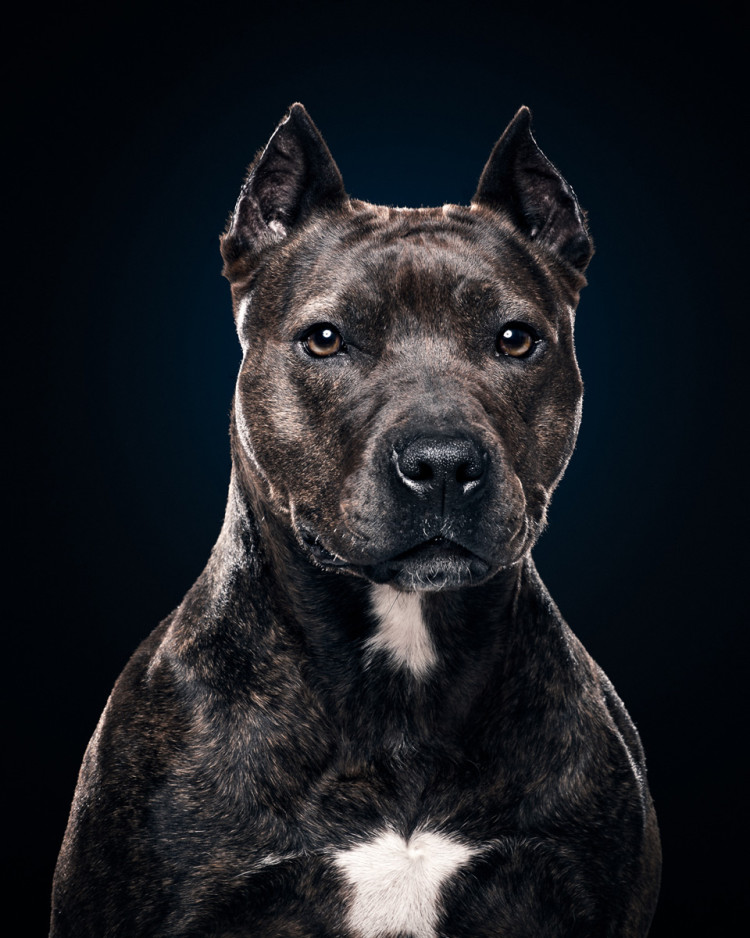


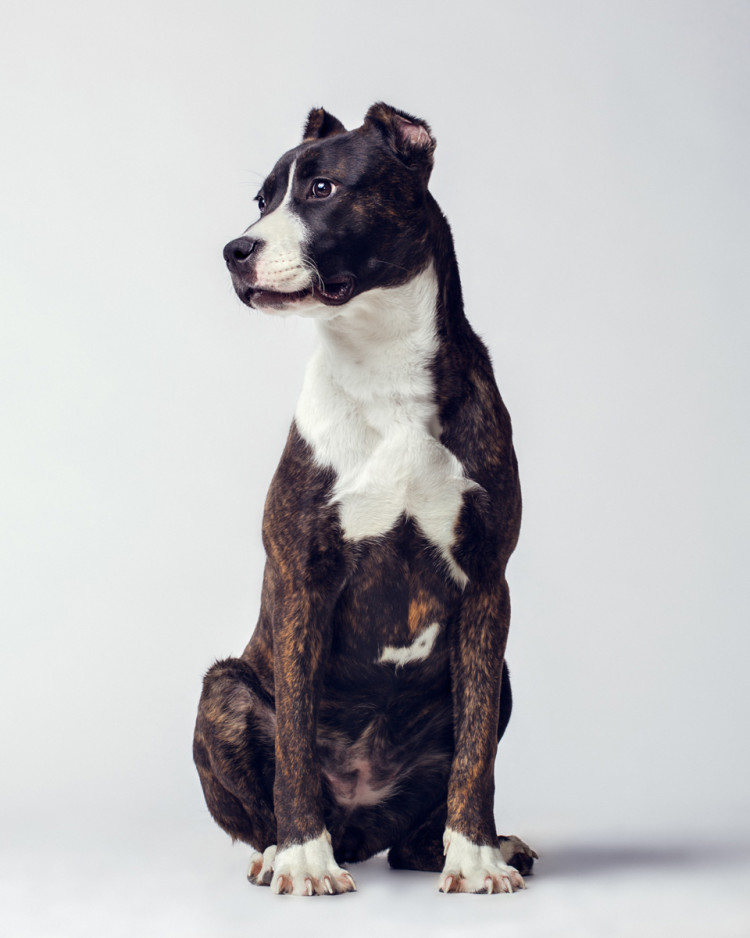
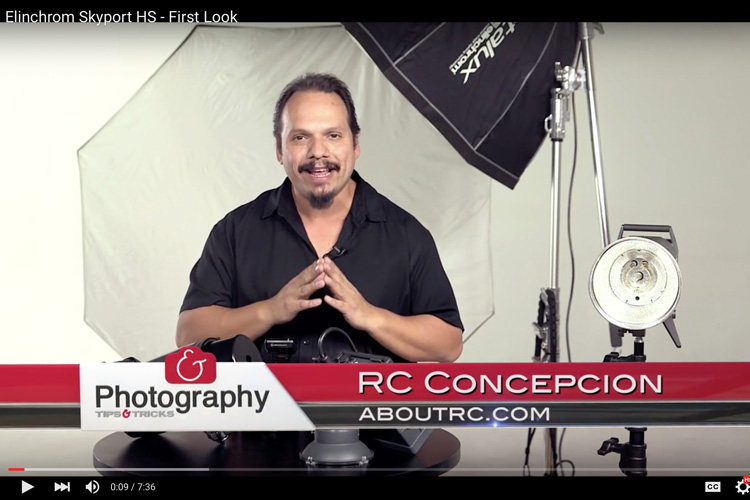
you know, speaking of long term shelter dogs – I’m 58 and have been divorced for 13 years now – think you could do a headshot for singles dating sites ? ;) Seriously – nice piece and good thoughts !
you know, speaking of long term shelter dogs – I’m 58 and have been divorced for 13 years now – think you could do a headshot for singles dating sites ? ;) Seriously – nice piece and good thoughts !
you know, speaking of long term shelter dogs – I’m 58 and have been divorced for 13 years now – think you could do a headshot for singles dating sites ? ;) Seriously – nice piece and good thoughts !
you know, speaking of long term shelter dogs – I’m 58 and have been divorced for 13 years now – think you could do a headshot for singles dating sites ? ;) Seriously – nice piece and good thoughts !
you know, speaking of long term shelter dogs – I’m 58 and have been divorced for 13 years now – think you could do a headshot for singles dating sites ? ;) Seriously – nice piece and good thoughts !
you know, speaking of long term shelter dogs – I’m 58 and have been divorced for 13 years now – think you could do a headshot for singles dating sites ? ;) Seriously – nice piece and good thoughts !
you know, speaking of long term shelter dogs – I’m 58 and have been divorced for 13 years now – think you could do a headshot for singles dating sites ? ;) Seriously – nice piece and good thoughts !
Great guest & write-up. I always admire pet photographers because they have to speak a totally different language. They have to have a love for animals. Otherwise, their petwork looks just like their normal portraiture stuff. Keep up the beautiful work!
Great images and story!!